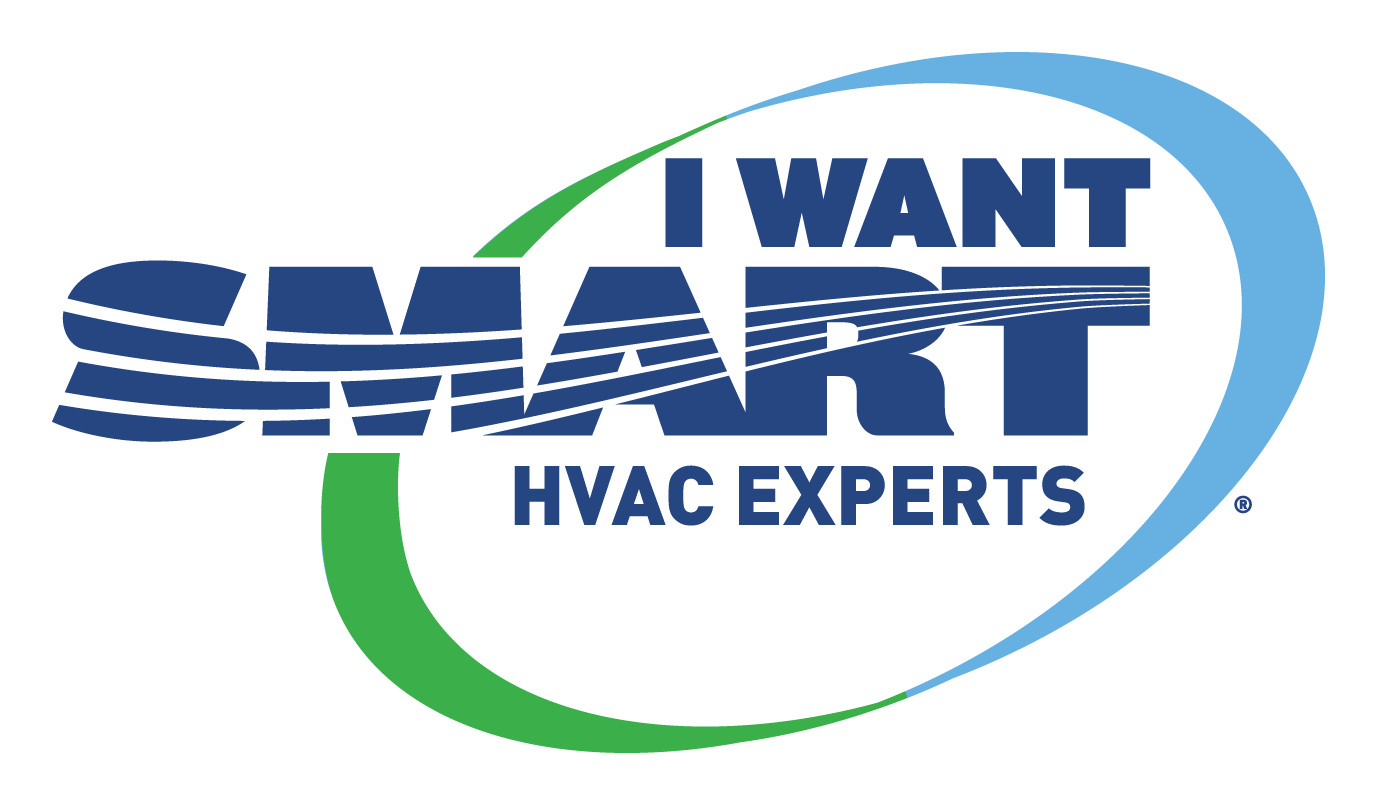You can save money on your heating and cooling bills by simply resetting your thermostat when you are asleep or away from home. You can do this automatically without sacrificing comfort by installing an automatic setback or programmable thermostat.
Using a programmable thermostat, you can adjust the times you turn on the heating or air-conditioning according to a pre-set schedule. Programmable thermostats can store and repeat multiple daily settings (six or more temperature settings a day) that you can manually override without affecting the rest of the daily or weekly program.
General Thermostat Operation
You can easily save energy in the winter by setting the thermostat to 68°F while you’re awake and setting it lower while you’re asleep or away from home. By turning your thermostat back 10° to 15° for 8 hours, you can save 5% to 15% a year on your heating bill — a savings of as much as 1% for each degree if the setback period is eight hours long. The percentage of savings from setback is greater for buildings in milder climates than for those in more severe climates.
In the summer, you can follow the same strategy with central air conditioning by keeping your house warmer than normal when you are away, and lowering the thermostat setting to 78°F (26°C) only when you are at home and need cooling. Although thermostats can be adjusted manually, programmable thermostats will avoid any discomfort by returning temperatures to normal before you wake or return home.
A common misconception associated with thermostats is that a furnace works harder than normal to warm the space back to a comfortable temperature after the thermostat has been set back, resulting in little or no savings. In fact, as soon as your house drops below its normal temperature, it will lose energy to the surrounding environment more slowly. The lower the interior temperature, the slower the heat loss. So the longer your house remains at the lower temperature, the more energy you save, because your house has lost less energy than it would have at the higher temperature. The same concept applies to raising your thermostat setting in the summer — a higher interior temperature will slow the flow of heat into your house, saving energy on air conditioning. Check out our home heating infographic to learn more about how heating systems and thermostats interact.
Limitations for Homes With Heat Pumps, Electric Resistance Heating, Steam Heat, and Radiant Floor Heating
Programmable thermostats are generally not recommended for heat pumps. In its cooling mode, a heat pump operates like an air conditioner, so turning up the thermostat (either manually or with a programmable thermostat) will save energy and money. But when a heat pump is in its heating mode, setting back its thermostat can cause the unit to operate inefficiently, thereby canceling out any savings achieved by lowering the temperature setting. Maintaining a moderate setting is the most cost-effective practice. Recently, however, some companies have begun selling specially designed programmable thermostats for heat pumps, which make setting back the thermostat cost-effective. These thermostats typically use special algorithms to minimize the use of backup electric resistance heat systems.
Electric resistance systems, such as electric baseboard heating, require thermostats capable of directly controlling 120-volt or 240-volt circuits. Only a few companies manufacture line-voltage programmable thermostats.
The slow response time — up to several hours — of steam heating and radiant floor heating systems leads some people to suggest that setback is inappropriate for these systems. However, some manufacturers now offer thermostats that track the performance of your heating system to determine when to turn it on in order to achieve comfortable temperatures at your programmed time.
Alternately, a normal programmable thermostat can be set to begin its cool down well before you leave or go to bed and return to its regular temperature two or three hours before you wake up or return home. This may require some guesswork at first, but with a little trial and error you can still save energy while maintaining a comfortable home.
Choosing and Programming a Programmable Thermostat
Most programmable thermostats are either digital, electromechanical, or some mixture of the two. Digital thermostats offer the most features in terms of multiple setback settings, overrides, and adjustments for daylight savings time, but may be difficult for some people to program. Electromechanical systems often involve pegs or sliding bars and are relatively simple to program.
When programming your thermostat, consider when you normally go to sleep and wake up. If you prefer to sleep at a cooler temperature during the winter, you might want to start the temperature setback a bit ahead of the time you actually go to bed. Also consider the schedules of everyone in the household. If there is a time during the day when the house is unoccupied for four hours or more, it makes sense to adjust the temperature during those periods.
The location of your thermostat can affect its performance and efficiency. Read the manufacturer’s installation instructions to prevent “ghost readings” or unnecessary furnace or air conditioner cycling. To operate properly, a thermostat must be on an interior wall away from direct sunlight, drafts, doorways, skylights, and windows. It should be located where natural room air currents–warm air rising, cool air sinking–occur. Furniture will block natural air movement, so do not place pieces in front of or below your thermostat. Also make sure your thermostat is conveniently located for programming.
Find a Smart Contractor Now
Source: December 15, 2014 Article from U.S. DEPARTMENT OF ENErgy’S WEBSITE http://www.energy.gov/energysaver/articles/thermostats

